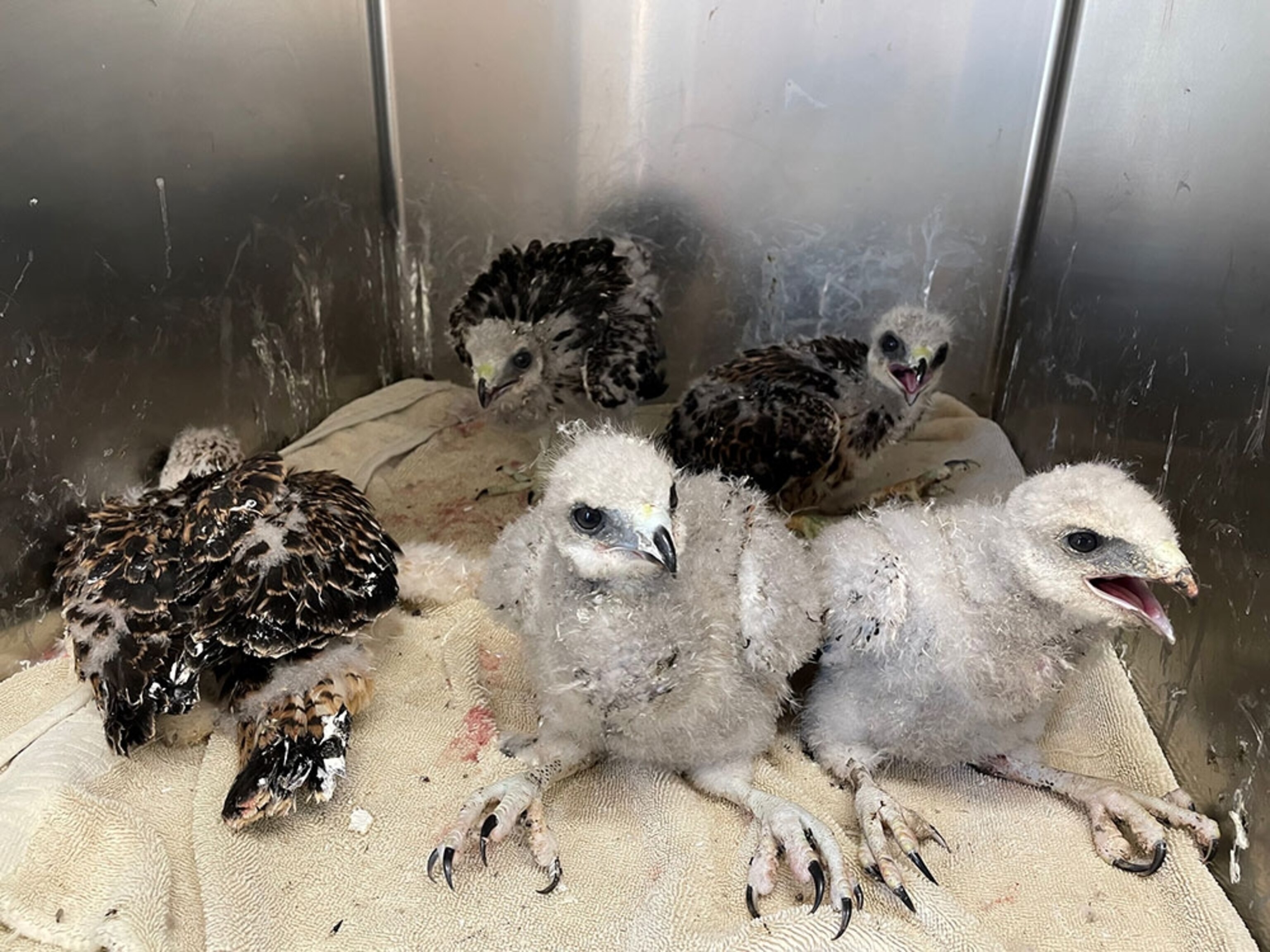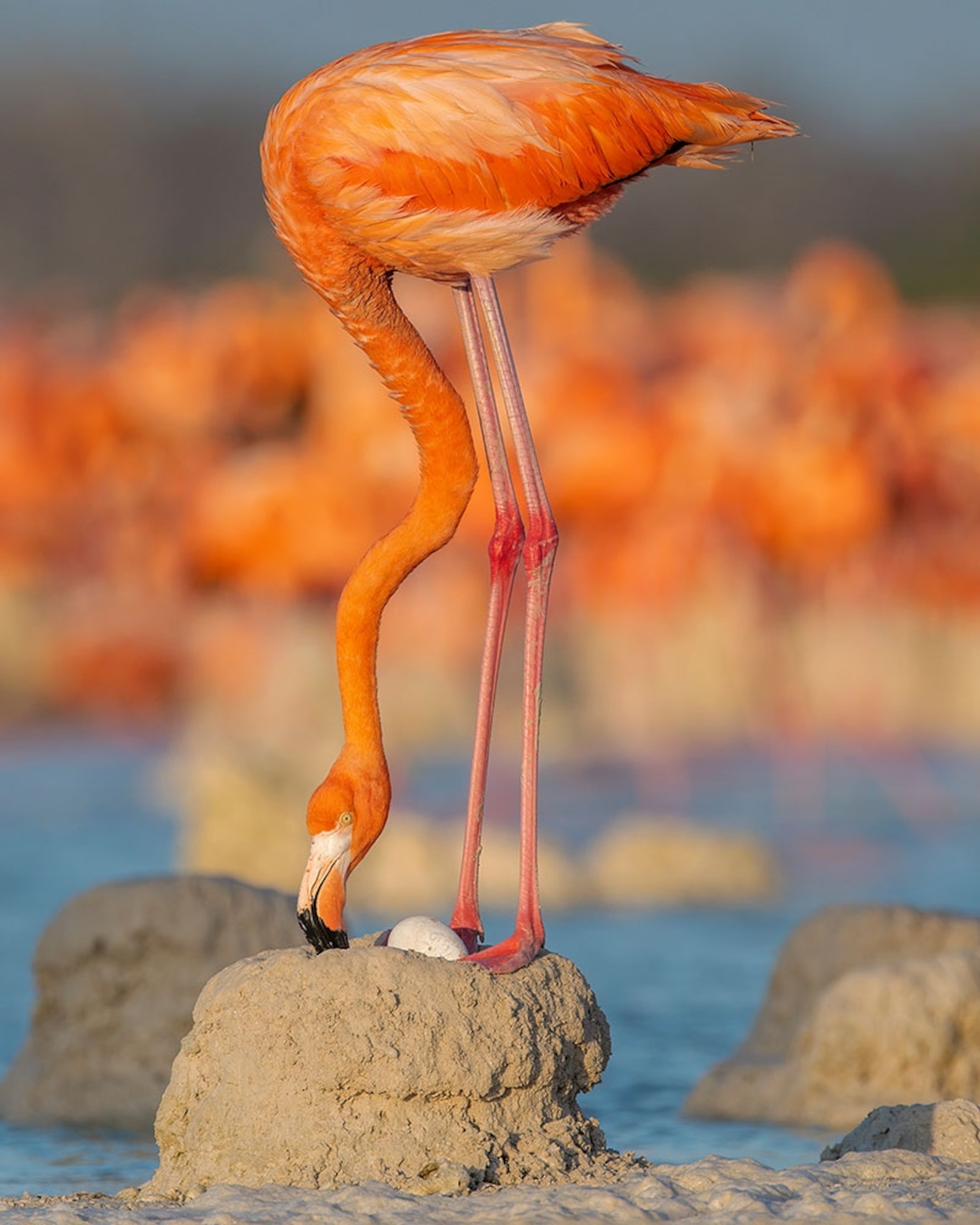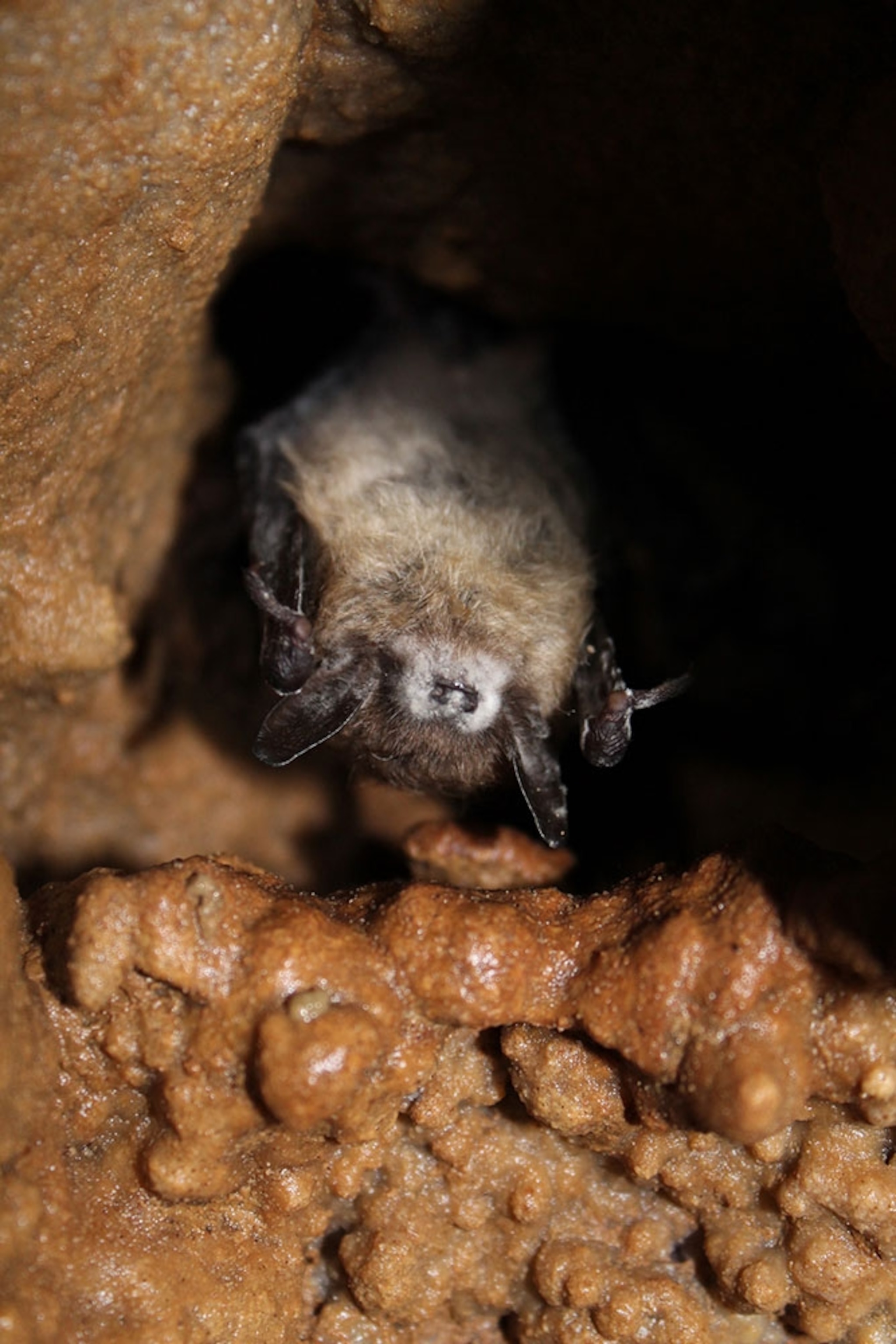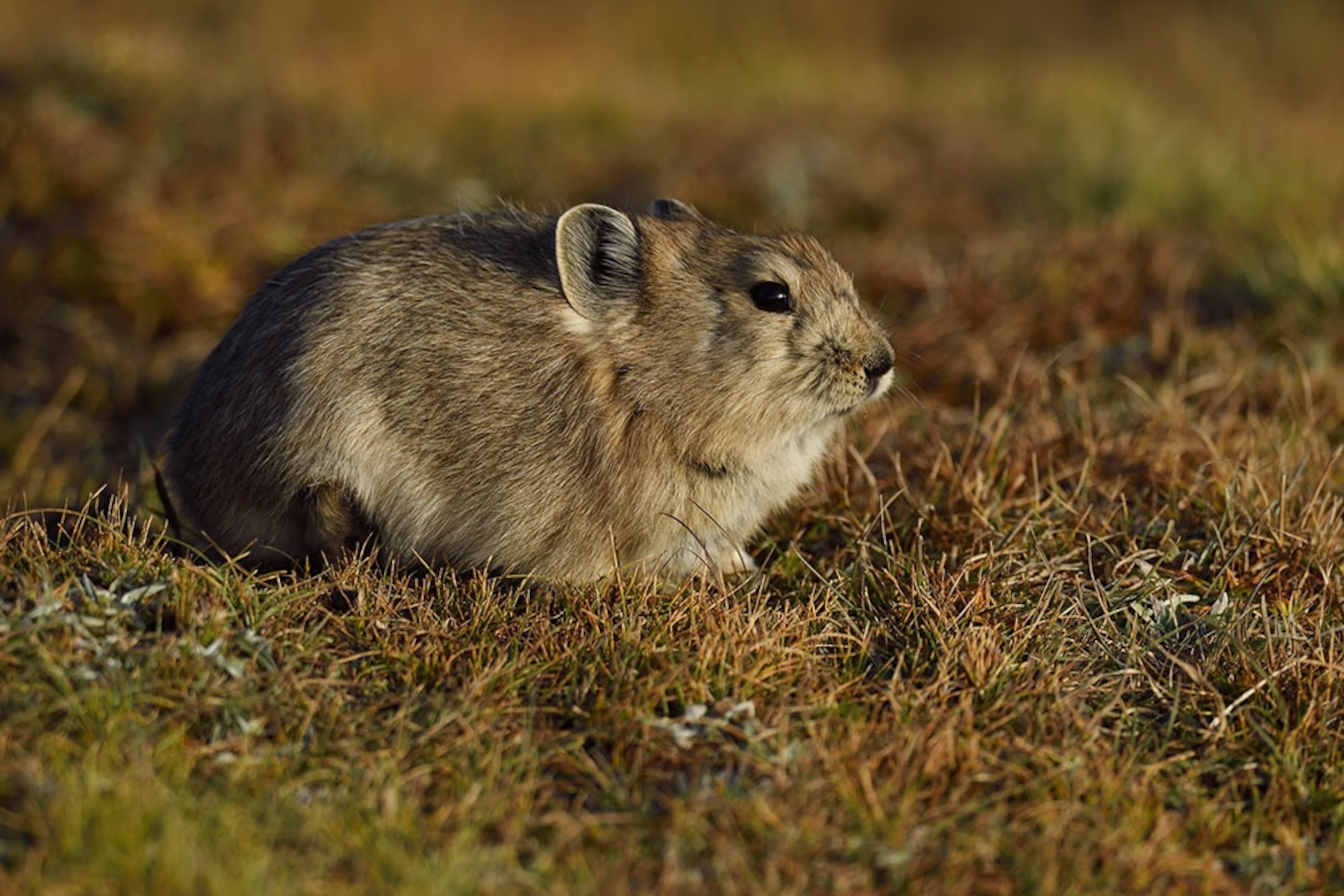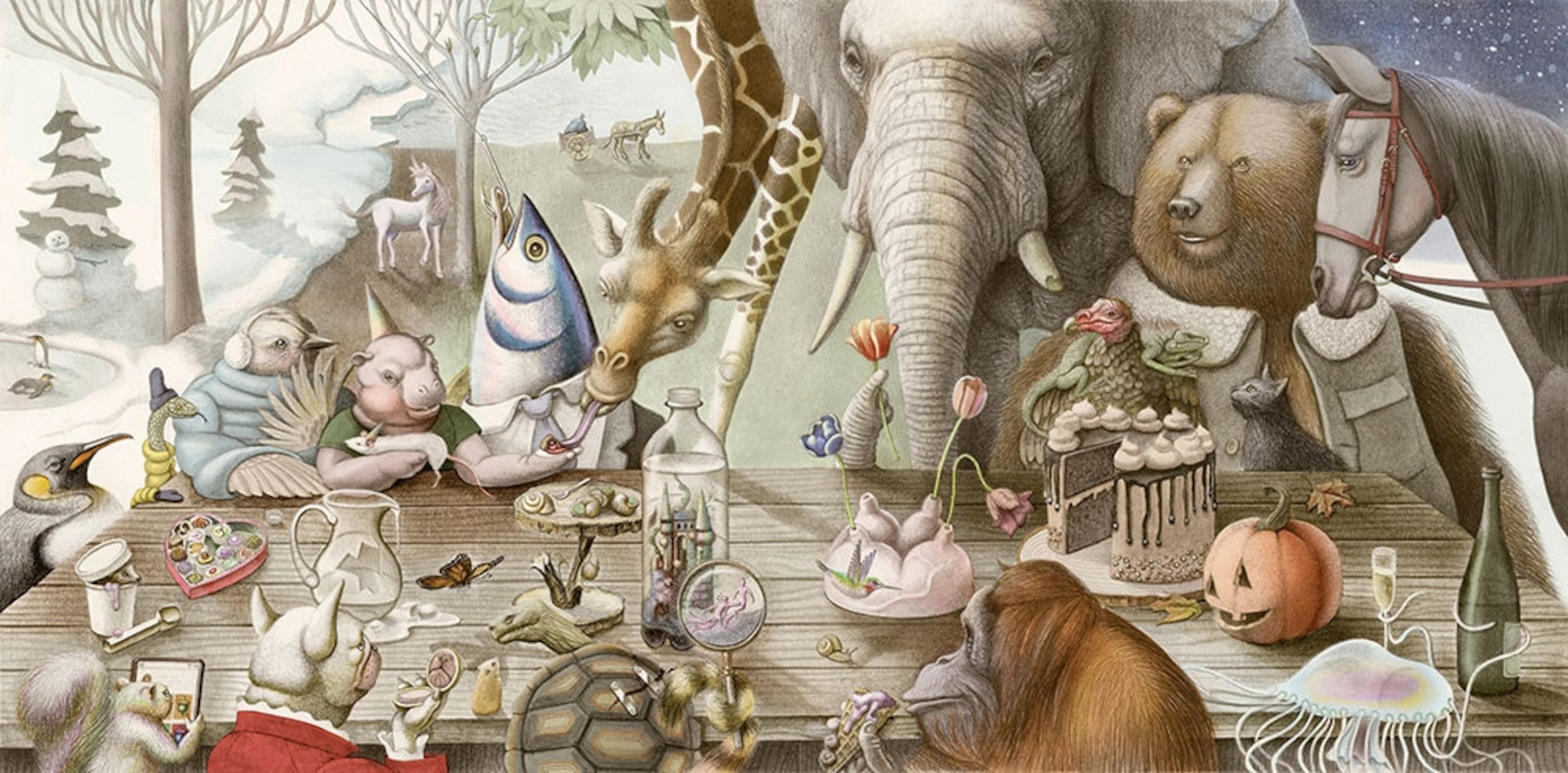
Why every dog (cat, tiger, rat) has its day
This article is an adaptation of our weekly Animals newsletter that was originally sent out on July 22, 2021. Want this in your inbox? Sign up here.
By Rachael Bale, ANIMALS Executive Editor
Happy Thursday, animal-loving readers! I hope you all had a good World Snake Daylast Friday. I’m sure you’re busy preparing now for International Tiger Day next week, so I won’t take up too much of your time.
Hmm? What’s that? You’ve never heard of World Snake Day? You don’t have plans yet for International Tiger Day?
Fear not—there are plenty more animal holidays coming up. We humans seem to have a “propensity to fill every square on the calendar with commemorations, observances, recognitions, or declarations of a National Day of Something,” writes Oliver Whang for Nat Geo. Pick any random holiday calendar online, and you’re bound to find World Day of X Animal or International Day of Y Animal coming up soon.
Some are more official—May 20’s World Bee Day was designated by the United Nations, for example. Others were started by nonprofits or hobbyists, and then caught on, such as World Rhino Day (started by WWF’s South Africa office to raise awareness about the poaching crisis) and World Rat Day (started by pet rat owners who wanted to rehab rats’ image).
Cats, no surprise, have a whole bunch: International Cat Day on August 8 seems to be the most popular, but there’s also World Cat Day in February, multiple National Cat Days, and one of my favorites, Black Cat Appreciation Day, on August 17. Or wait...am I supposed to hold out for Black Cat Day on October 27? There are So. Many. Cat. Days. Oliver lists even more in his story.
Some animal holidays are fun; some are educational and conservation-oriented; some are just commercial; and some are just a good excuse for me to post pictures of my cat on Twitter.
Don’t miss Oliver’s essay—complete with the incredible illustration (above) by Armando Veve of party animals sitting around a table, each celebrating their own special days.
Do you get this newsletter daily? If not, sign up here or forward to a friend.
TODAY IN A MINUTE
How animals deal with record-breaking heat: The heatwave in the Pacific Northwest coincided with nesting season, so baby hawks were unable to fly to escape the scorching heat and fires. So they did the only thing they could—fall from their nests. Nearly 50 baby Cooper’s and Swainson’s hawks were rescued from the ground beneath towering pines in Washington and Oregon, Natasha Daly reports (Pictured, five rescued baby hawks in an Oregon wildlife center).
Beware of sharks: Despite a rise in shark bites, beachgoers can become inured to warning signs posted on the shore. That’s prompting the need for more explicit or different messaging, Nat Geo reports. Officials say vacationers fool themselves into thinking it can’t happen to them. Although shark encounters still are extremely rare, and only three of 500 species pose any threat to humans, swimmers and seals share water with the deadlier sharks off the Atlantic and South African coasts.
Related: See how fast shark populations are declining worldwide
Prettier than butterflies: Wildlife conservation photographer Carla Rhodes of Woodstock, New York, has been heading out to her backyard each night, hanging white bedsheet across the porch. Then she puts several blacklights above the sheet and waits for hundreds of moths. Rhodes has been photographing the moths since May for National Moth Week, which runs through Sunday. See the gorgeous creatures from Smithsonian magazine.
East Coast bird mystery: At least a dozen states and D.C. are in the middle of a songbird epidemic. Thousands of blue jays, common grackles, American robins, European starlings, and others have suddenly gone blind, started shaking or stumbling, and died. Scientists are racing to find out why, Natasha Daly writes.
Did you see what washed ashore? A glistening, hundred-pound, 3 ½-foot opah was found beached on northern Oregon’s coast. Officials said the stranding of the apparently healthy fish was extremely unusual. Visitors flocked to Oregon’s Seaside Aquarium to see the body of the huge fish, “a mix of silvery and bright reddish-orange scales, dotted with white spots,” the Washington Post reports.
INSTAGRAM PHOTO OF THE DAY
Shared parenting: An American flamingo carefully turns its egg with its bill. Flamingos usually lay one egg each year, which males and females take turns incubating for 27 to 31 days. “During this period, I saw flamingos frequently stand up to take care of their egg and also to preen themselves,” says Hao Jiang, Nat Geo’s Your Shot Photographer of the Month for June. “This image was taken very carefully, with the park rangers, without disturbing the birds in this restricted nesting site in Yucatán, Mexico.”
Related: Pinker flamingos are more aggressive
THE BIG TAKEAWAY
Bats beat foe: In good news, one species may be getting the upper hand over a deadly fungal disease, Nat Geo reports. A change in DNA may be helping little brown bat populations stabilize in the U.S. Northeast against white-nose syndrome, a devastating disease that researchers characterize as many times deadlier to bats than COVID-19 is to humans. (Pictured above, a little brown bat displaying signs of white-nose syndrome.)
IN A FEW WORDS
Lowland tapirs are] so big and powerful but still so gentle. When they walk through the forest, you can barely hear them.
Patricia Medici, Conservation biologist and National Geographic Explorer, From: Helping save an elusive animal vital to Brazil’s rainforest
DID A FRIEND FORWARD THIS NEWSLETTER?
Come back tomorrow for George Stone on travel. If you’re not a subscriber, sign up here to also get Whitney Johnson on photography, Victoria Jaggard on science, Debra Adams Simmons on history, Robert Kunzig on the environment, and Rachel Buchholz on families and kids.
THE LAST GLIMPSE
Cute survivors: These tiny, bunny-faced mammals have been able to survive temperatures of minus 20 degrees Fahrenheit without blubber, ultra-thick fur, or hibernation. How? Researchers say Central Asia’s plateau pika (pictured above) drastically reduces its metabolism—and changes what it eats, Jason Bittel reports.“At first nobody we spoke to believed the story,” physiologist John Speakman told Nat Geo.
This newsletter was curated and edited by David Beard and Monica Williams, and Jen Tse selected the images. Do you have an idea or a link for the newsletter? Let us know at david.beard@natgeo.com, and happy trails ahead.
